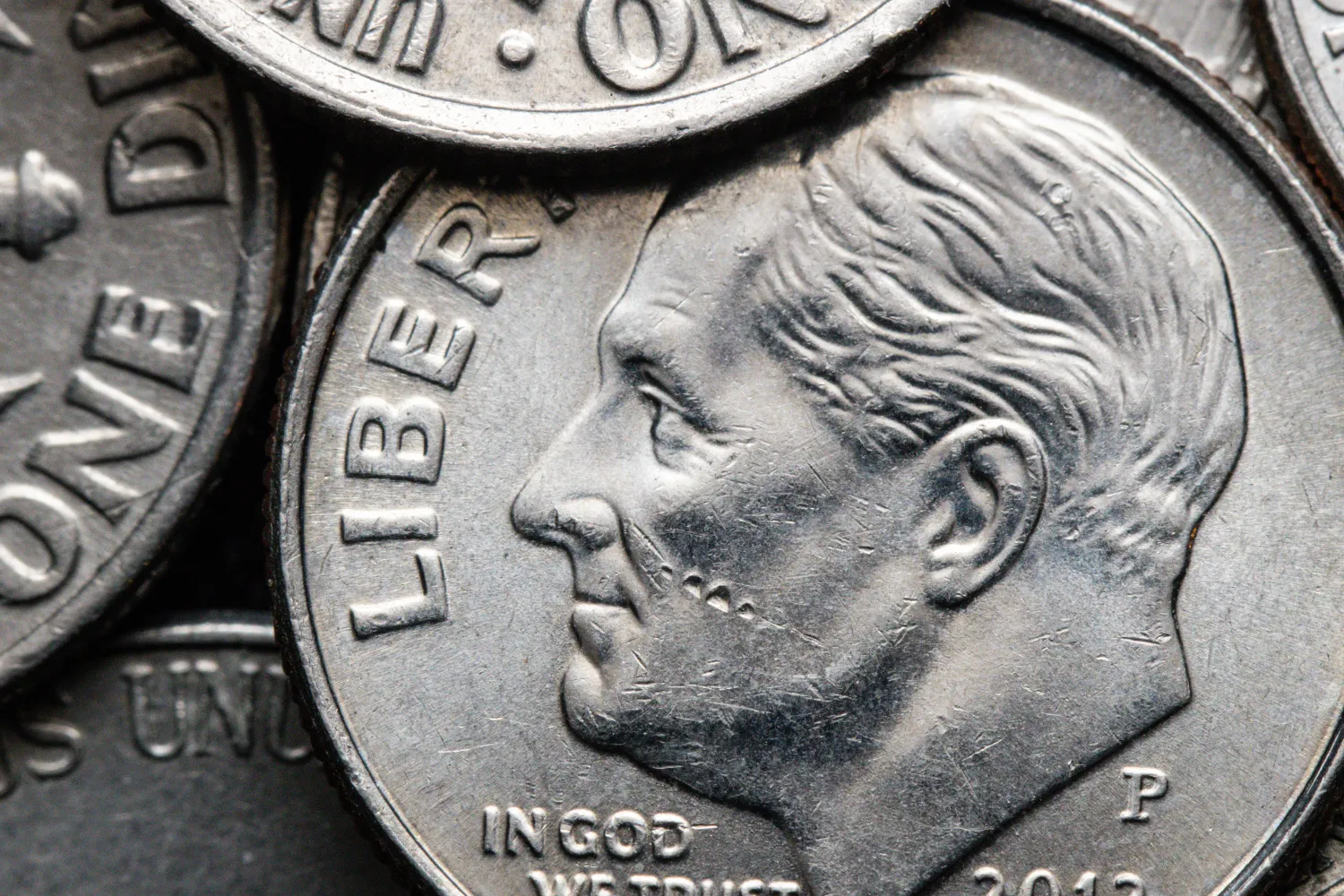- Gold is projected to continue its upward trajectory into 2025, potentially breaking $3,000
- The price is driven by monetary policy, central bank purchasing, BRICS+ de-dollarization
- Now is the time to protect your portfolio with physical precious metals before the price climbs even higher
Gold Prices Continue to Rise
Gold prices are continuing their ascent to all-time highs. The rise is being supercharged by growing uncertainty across a changing economic landscape. Investors are already taking profits amid gold’s upward momentum. But banks such as Goldman Sachs suggest gold’s rise will continue well into 2025 – breaking new records along the way.
Interest Rate Volatility and Gold’s Role
One of the key drivers of gold’s rise has been fluctuating expectations around Federal Reserve rate cuts. Initially, there was speculation about a significant 50 basis point rate cut in the near future. However, stronger-than-expected job reports and higher-than-anticipated inflation have dampened these hopes. Despite this, more rate cuts are expected, and historically, the price of gold tends to rise by about 6% within the first six months of an easing cycle.1
This correlation between lower interest rates and higher gold prices is well documented. Safe haven gold becomes more attractive compared to other interest-bearing assets.
Divergence in Global Investment
North American investors have been steadily increasing their gold purchases. Though they are still catching up to the rest of the world. According to the World Gold Council, North Americans bought $1.36 billion worth of gold last month, compared to $1.4 billion in global inflows. Western investment is rising. But there’s still untapped potential to drive prices even higher.2
Analysts are asking whether it’s too late for Western investors to catch up. Particularly as some Western banks have been short-selling gold. Comparisons are being made to the silver squeeze of 1980. Some are predicting that gold could face a similar short squeeze. That would potentially lead to massive buybacks and unprecedented price increases.
Central Bank Demand and the BRICS+ Factor
Central banks have been significant buyers of gold. Many are turning to the precious metal as a hedge against geopolitical uncertainty and financial instability. Officially, China has not purchased gold in the last five months. But market observers speculate that central banks, including Russia’s, may be buying in secret. The World Gold Council estimated that 67% of central bank gold purchases in the second quarter went unreported. Russia, for example, is expected to spend $535 million over the next three years to replenish its precious metals reserves.3
.
 4
4
The BRICS+ nations (Brazil, Russia, India, China, South Africa, and others) are hoarding gold at an unprecedented rate. These nations represent over 40% of the global population. They are using gold to diversify their reserves and to pursue de-dollarization. At the upcoming BRICS+ Summit in Kazan, Russia, leaders are expected to discuss further steps to counter the Western-dominated financial system. The draining of gold from the London Bullion Market Association (LBMA) vaults by Eastern nations is seen as a sign of resistance to the West.
A New Global Financial System on the Horizon?
At a recent panel discussion hosted by the LBMA, experts agreed that gold’s role as a reserve asset in global foreign reserves will continue to grow. Central banks from countries like Czechia, Mongolia, and Mexico have all announced plans to increase their gold holdings. They see it as a vital diversifier and hedge against falling interest rates and geopolitical risks.
The discussion also highlighted the growing appeal of gold as a global currency. As nations seek alternatives to the U.S. dollar, gold is becoming increasingly attractive for international trade. They see the world becoming multi-polar – which will support gold demand.
Geopolitical relationships are shifting. Nations fear sanctions or need to find ways to trade with sanctioned countries. Currently, the gold market is too small to meet this need for the global economy. Nevertheless, the trend suggests increased demand, which could lead to higher prices. With China reportedly preparing to launch a gold-backed yuan and Russia trading in currencies pegged to gold, we may be witnessing the birth of a new global financial system centered around gold.

Gold Price Predictions
As of now, gold is trading around $2,640 per ounce, nearing its all-time high of $2,685. Goldman Sachs predicts that gold could continue to hit all-time highs by the end of 2024, potentially reaching the $3,000 mark by 2025. That would represent a 12.5% return on investment from the current price level.5
Goldman Sachs repeated their bullish stance. They stated, “We reiterate our long gold recommendation due to the gradual boost from lower global interest rates, structurally higher central bank demand, and gold’s hedging benefits against geopolitical, financial, and recessionary risks.”6
Conclusion
The global economic landscape is shifting. Lowering interest rates, increasing safe haven demand, and accelerating global de-dollarization is likely to keep gold on an upward trajectory. Prices are predicted to reach all-time highs in 2025. Owning physical precious metals, particularly in a tax-advantaged Gold IRA, can secure and potentially grow the value of your retirement savings. Contact us today at 800-462-0071 to learn more.










 5
5



 5
5